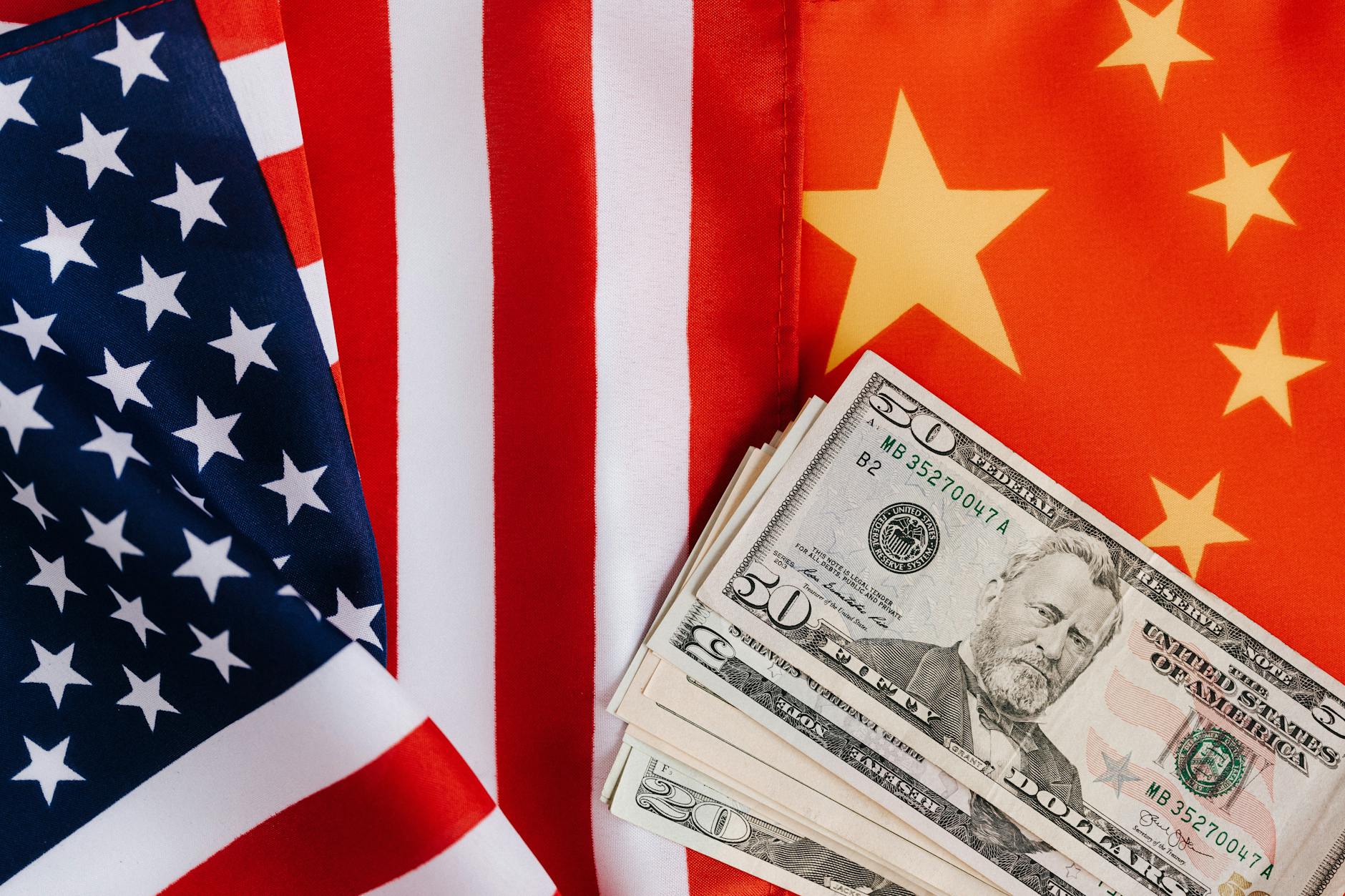China Just Made Life Easier for GM and Ford—Here’s Why It Matters
Wait, China’s Actually Loosening Its Grip?
You know how China’s been hoarding all those rare earth minerals like a kid with the last pack of trading cards? The ones every EV maker desperately needs? Well, plot twist—they’re starting to share a bit. And not a moment too soon for companies like GM and Ford, who’ve been sweating bullets over battery supplies.
Let me put it this way: imagine you’re baking a cake (bear with me here), and China controls 90% of the world’s sugar supply. Suddenly they say, “Okay, fine, you can have a few more cups.” That’s basically what’s happening with lithium, cobalt, and graphite right now. It’s not a full solution, but man, it’s better than nothing.
How We Got Here: A Quick History
China’s Mineral Monopoly
Here’s the thing—China didn’t become the OPEC of rare earth minerals by accident. They’ve spent decades cornering the market on this stuff. We’re talking 60% of global production, nearly all the refining capacity. And like any good monopoly, they’ve used it as leverage whenever they wanted something.
Last year? Total nightmare. Export quotas got tighter than airport security after 9/11. Automakers were paying through the nose just to keep their assembly lines moving. Some plants literally ground to a halt.
Why the Sudden Change of Heart?
Honestly? China’s economy isn’t looking so hot these days. When your own house is on fire, you stop worrying about whether the neighbors have matches. That’s the vibe I’m getting from Beijing right now—they need to keep trade flowing with the US and EU, even if it means loosening their death grip on minerals.
Lin Wei, this commodities analyst I follow, put it perfectly: “China’s trying to have its cake and eat it too.” Classic.
What This Means for Your Next EV
Short-Term Wins
Good news first: battery prices are already dropping. Like, 12% in some cases. That’s huge when you consider how much of an EV’s cost comes from the battery pack. GM and Ford can finally breathe—their Ohio and Michigan plants are ramping up production again.
But here’s the catch—this is just buying time. It’s like when you’re running late and hit every green light. Feels amazing, but you’re still late, you know?
The Elephant in the Room
Nobody’s happy about relying on China this much. The US and Australia are scrambling to open new mines, but that’s years away. As Ford’s supply chain guy John Lawler said (and I’m paraphrasing here), “We’ll take the win, but we’re not stupid about it.”
GM vs. Ford: Who Benefits More?
GM’s Battery Bet
Mary Barra’s been betting big on these Ultium batteries—like, “put all your chips on black” big. With China playing nice(ish), her 1 million EV target by 2025 suddenly looks possible. Their Ohio plant? Running at 80% now after months of delays. That’s the difference steady supplies make.
Ford’s Truck Troubles
Over at Ford, they’re just praying this means no more price hikes on the F-150 Lightning. A little birdie (okay, an insider) told me the new graphite shipments arriving this quarter are saving their bacon. But they’re not popping champagne—this is more like finding an extra life in a video game when you’re down to your last one.
The Messy Reality No One Wants to Talk About
Politics and Poison
Here’s where it gets ugly. The US and Europe are passing all these laws to reduce China dependence—great in theory. But in practice? We’re still stuck with them for years. And let’s not forget how dirty rare earth mining is. Those “clean” EVs? Their batteries start with some seriously toxic processes.
Silver Linings Playbook
Some companies are getting creative. Tesla’s playing with battery recycling, GM’s funding weird lithium extraction projects in California. As my friend Evelyn in the industry says, “The future is circular—we just have to survive until we get there.”
California’s Big EV Dream Meets Reality
Governor Newsom’s 2035 gas car ban? Yeah, that depends entirely on China playing ball. His team is calling this policy change “a step in the right direction,” which is politician-speak for “thank God we caught a break.” But as one brutally honest report put it: no minerals, no mandate. Simple as that.
Where Do We Go From Here?
Demand for EV batteries is about to go bananas—we’re talking 5x growth by 2030. China’s move helps, but it’s not enough. We need breakthroughs like sodium-ion batteries yesterday. Or as this analyst Kwasi Ampofo told me: “The industry’s running a marathon where someone keeps moving the finish line.”
What People Are Saying
The SAFE energy group gave cautious applause. Twitter, as always, is divided—some folks celebrating cheaper EVs, others calling this a temporary fix for a permanent problem. And environmentalists? They’re pissed. Sierra Club’s Jeremy Martin put it bluntly: “We can’t save the planet by destroying parts of it.”
The Bottom Line
Look, this is good news for now. Lower prices, steadier production—all wins. But if we’ve learned anything, it’s that relying on China for critical materials is like building your dream house on rented land. The EV revolution needs its own mineral independence movement, and fast. Because in the end, these aren’t just rocks we’re fighting over—they’re the keys to the future.
And that’s the thing—nobody said saving the planet would be easy. Or clean. Or fair. But here we are.












